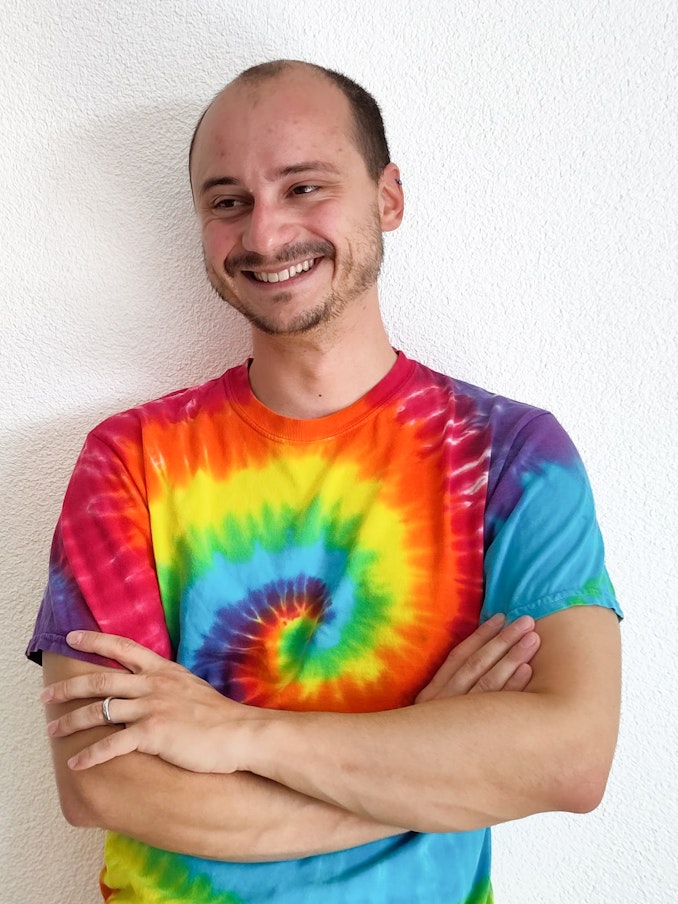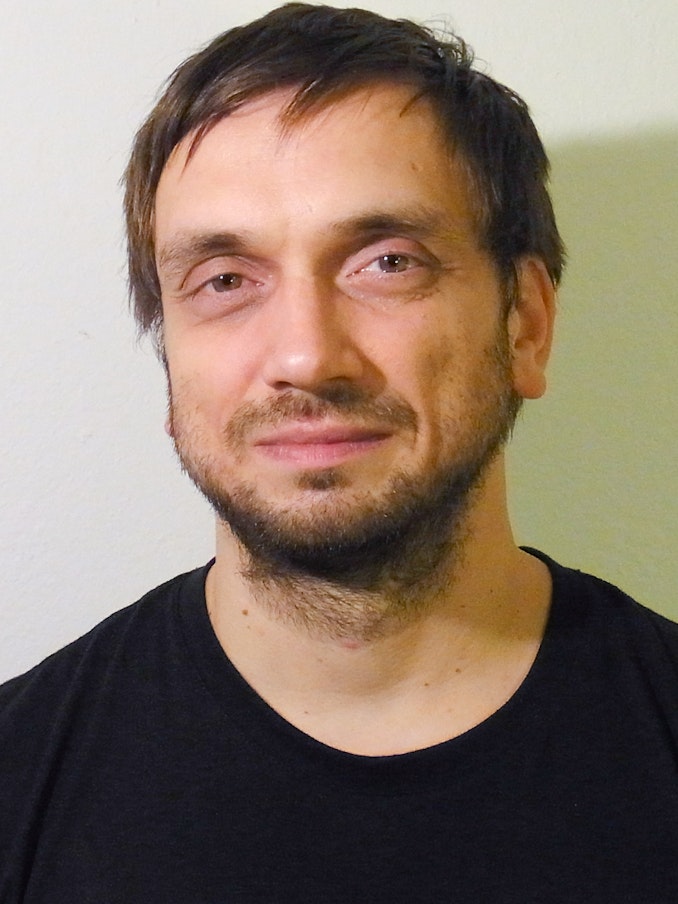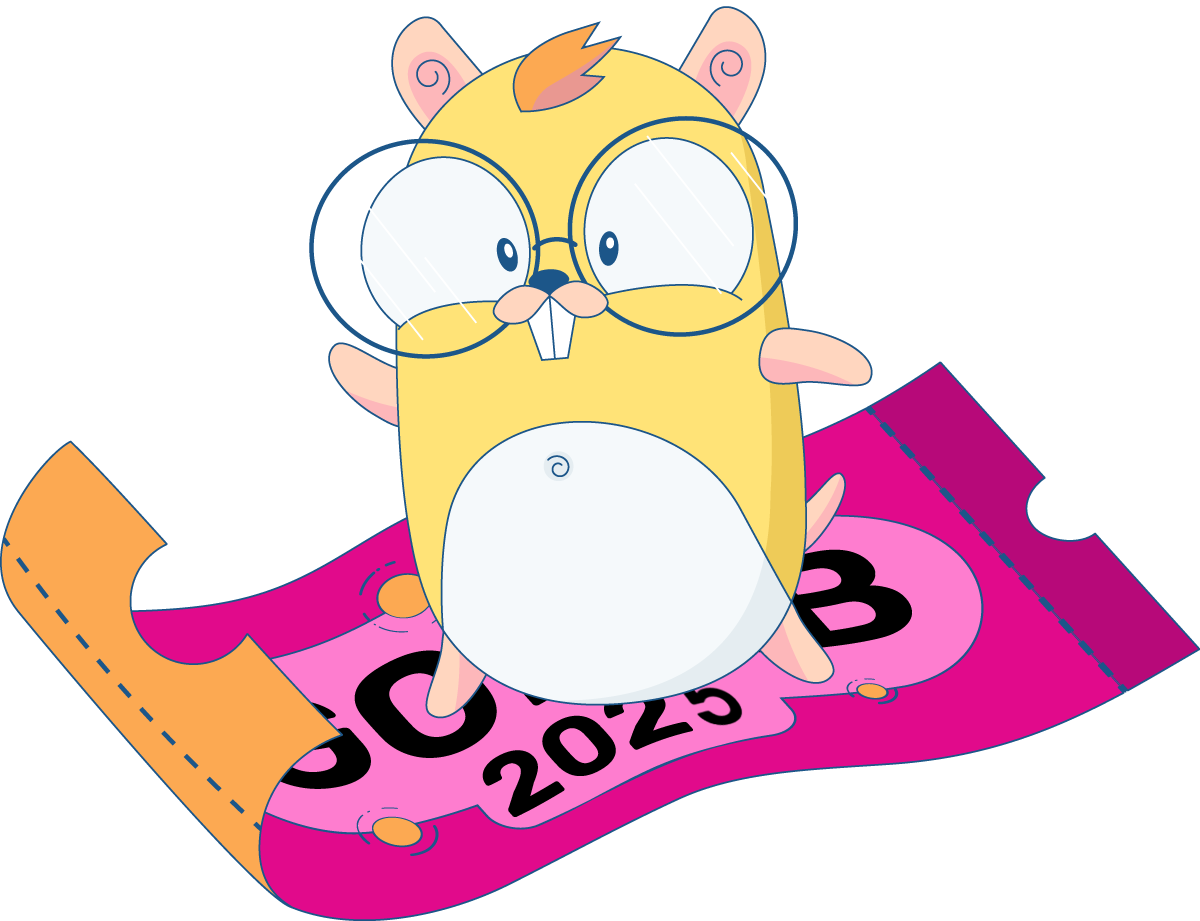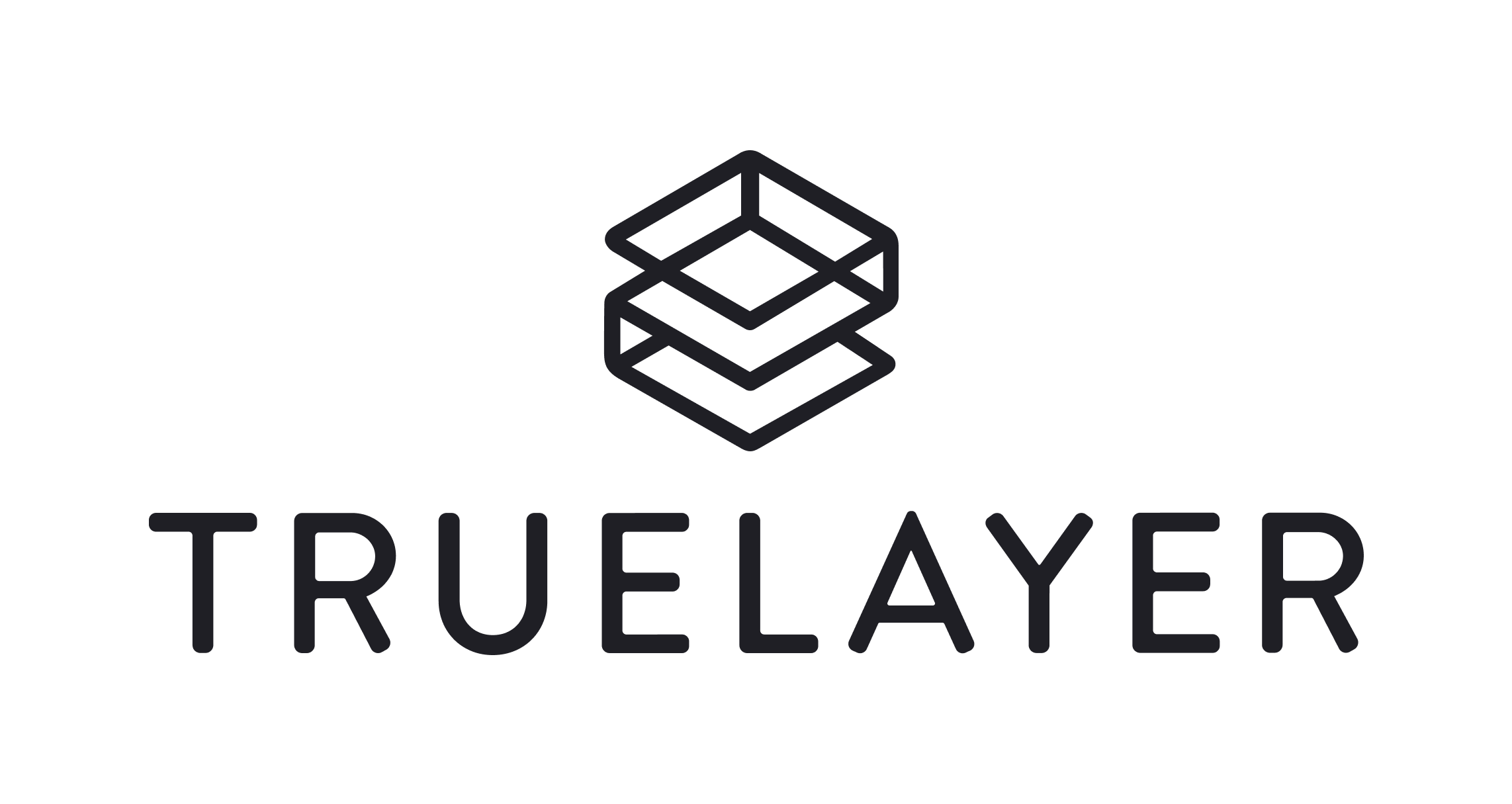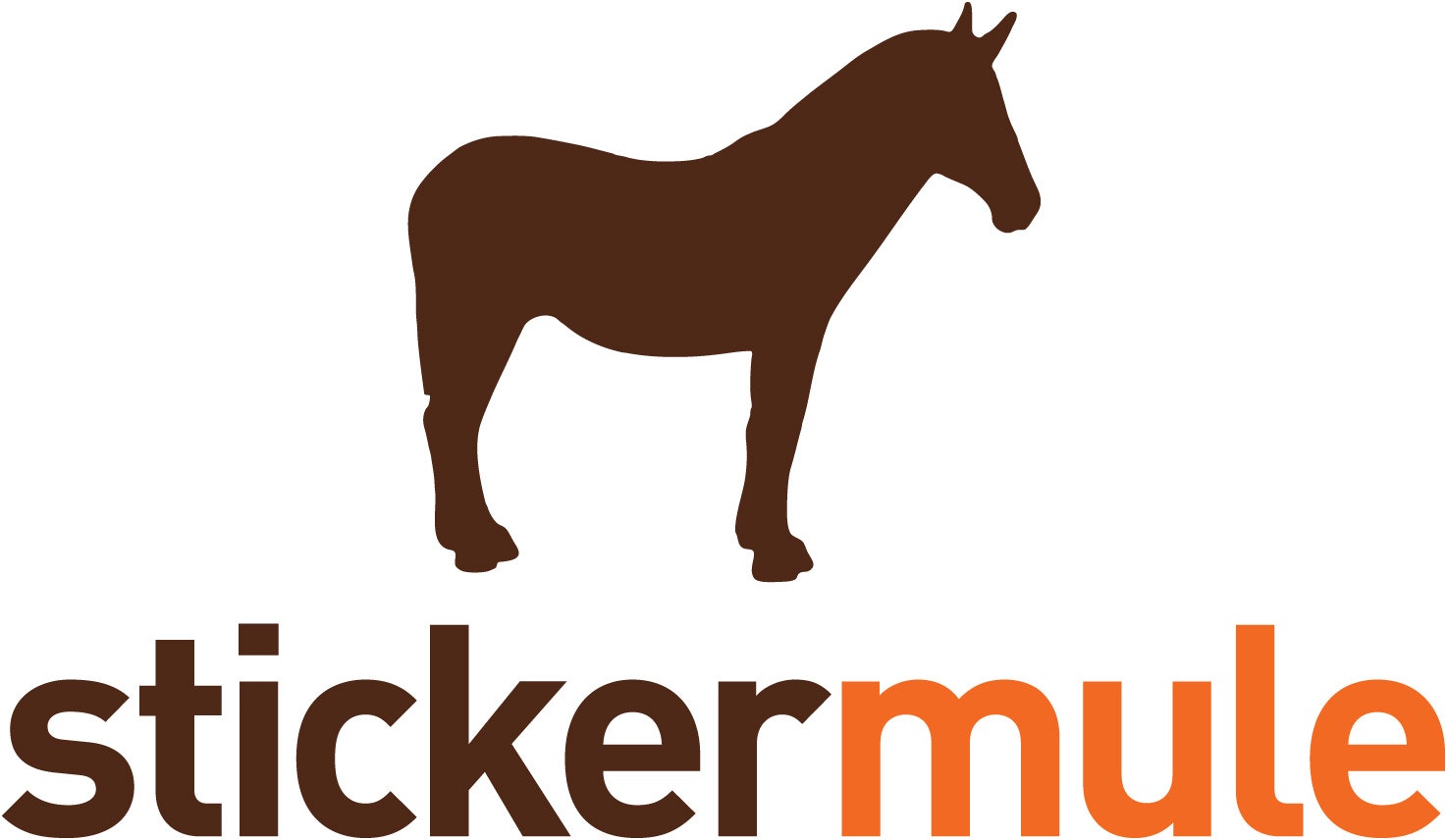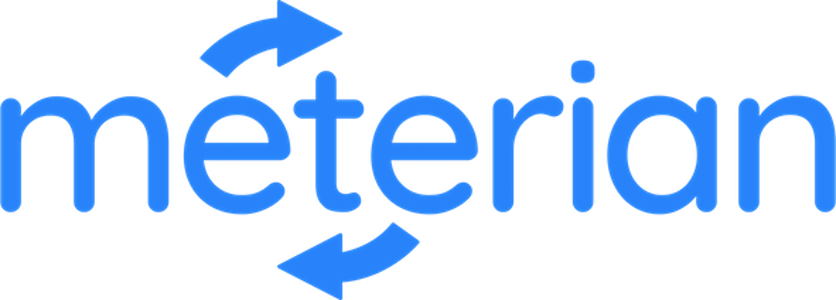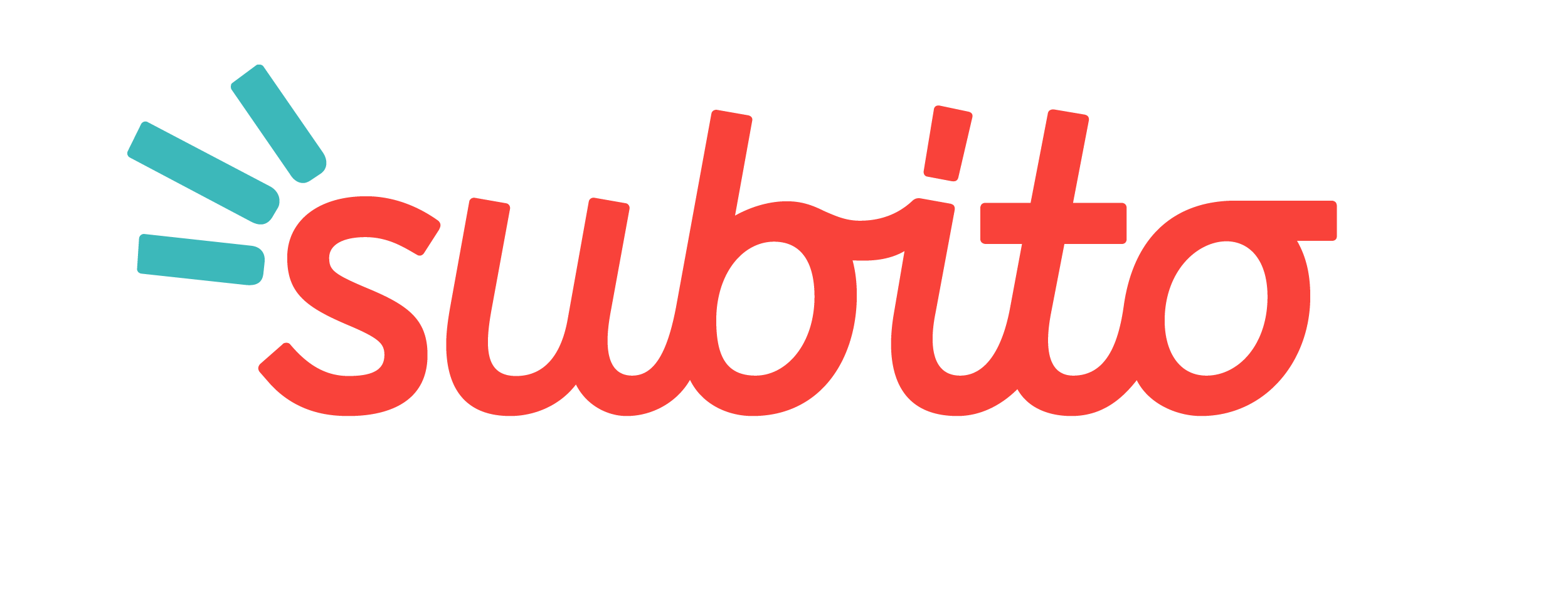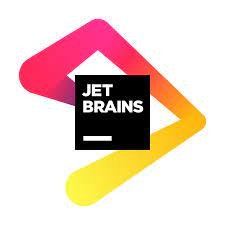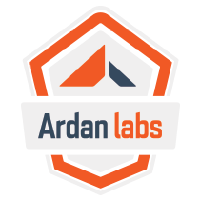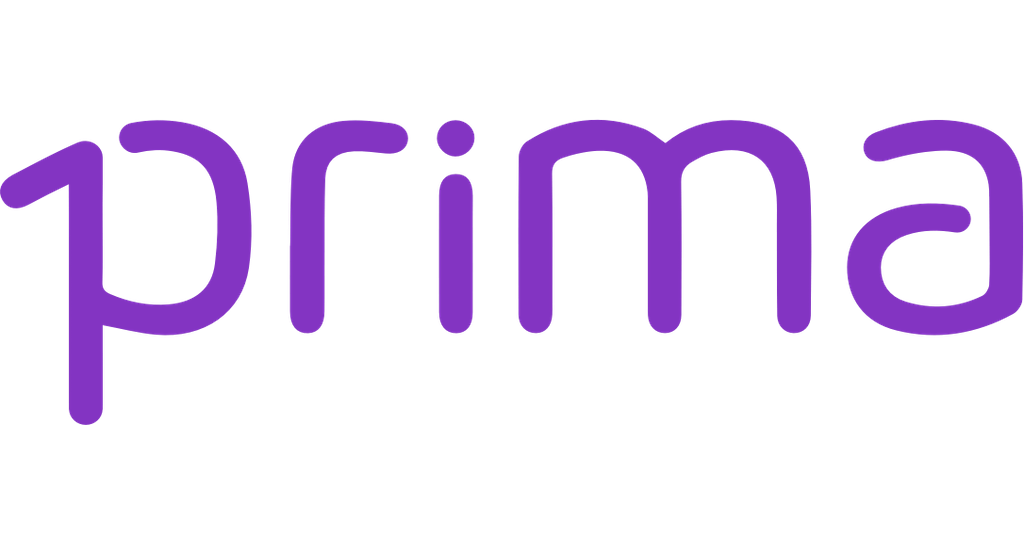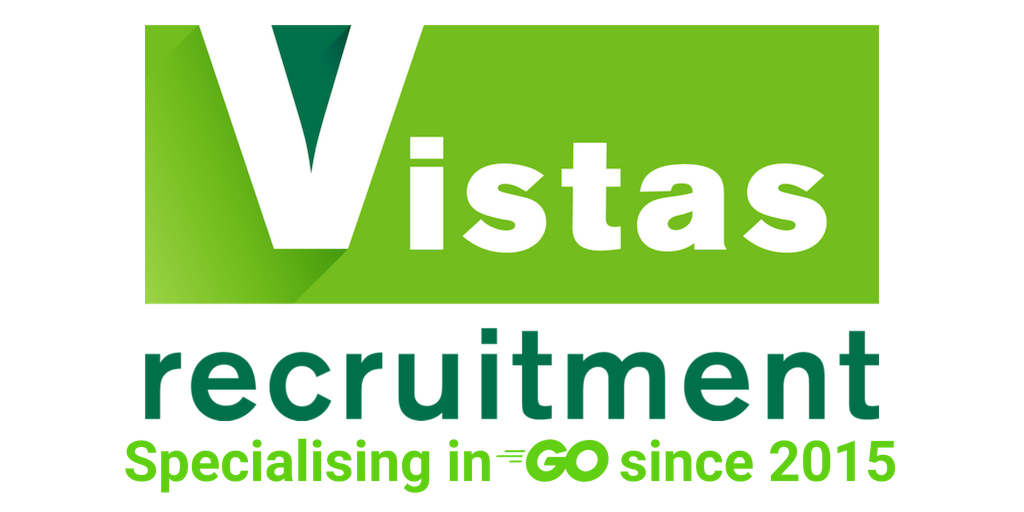Established in 2015, GoLab is one of the oldest and most renowned conferences in the world, attracting a large audience of Gophers from all over the globe.
In the last years, we have had the privilege of hosting some of the biggest names in the industry who have shared their insights and experiences with our attendees. GoLab has also served as a host for the Go Contributor Summit in 2019, providing a unique platform for developers to connect and learn from one another.
At GoLab, we believe that learning should be a fun and engaging experience, which is why we've designed our conference to be "made by developers for developers".
Join us for an unforgettable experience that will inspire you!
We're getting closer to the end of another awesome travel through Go with a large attendance of excited Gophers!
We would like to thank you all for coming: this year our Go workshops were sold out just one week before the conference start and this is an awesome achievement!
An achievement we couldn't reach without the help of our outstanding speakers. So our special thanks are going to them. If you found this conference awesome we hope you will consider to come to GoLab 2025 too.
We hope you all had loads of fun and learning: if you are leaving somehow sick for nostalgia, this means we made a good job. In the meantime, if you wanna secure your spot for the next GoLab 2025, the lowest fares of tickets are already on sale: don't miss them!
LITE Ticket
GOLAB IS A LOT LIKE FLORENCE: RELAXED, WELCOMING, AND FULL OF HIDDEN GEMS. LUNCHES ARE LONG ENOUGH TO SWAP STORIES AND SHARE IDEAS AND FIND PLENTY OF FRIENDLY FACES TO EXPLORE THE CITY WITH.
Eleanor McHugh
OUR SPEAKERS
Our speakers are not just experts in their fields, but they are also passionate and engaging individuals who truly embody the spirit of GoLab. Their dedication to sharing their knowledge and experiences with our attendees is what makes our conference so special.
As our schedule has been published, please welcome the awesome speakers of the 2024 edition!
Still there?
Experience the best of GoLab 2025 with our Blind fare tickets.
These are our cheapest fare tickets: secure your spot now!
At GoLab, we believe that creating a sustainable future is everyone's responsibility, and we're committed to doing our part. That's why we want to go to the direction of a zero-impact approach to organizing our conference. As we already did in our last edition, at GoLab:
- We plant trees for our speakers
- We try to eliminate plastic
- We give support to the sustainable travel
- We go veggie to reduce pollution generated by intensive meat production
We want to inspire our community to join us in taking action to protect our planet. Together, we can make a difference and create a better future for generations to come.
GoLab has always been possible thanks to our AMAZING sponsors. They supported us from the beginning and followed us in our progress through the years.
Here's the list of the sponsor that supported GoLab in its history (in chronological order):


